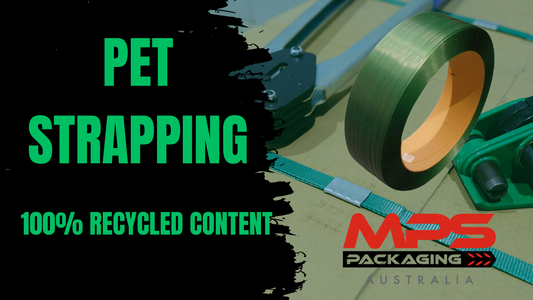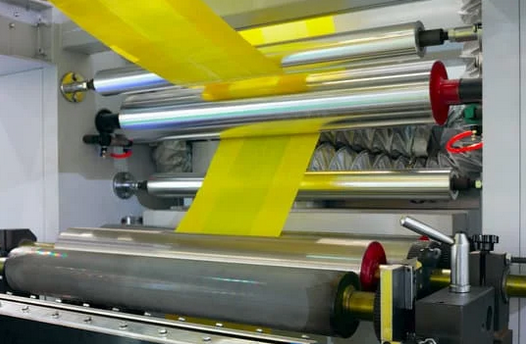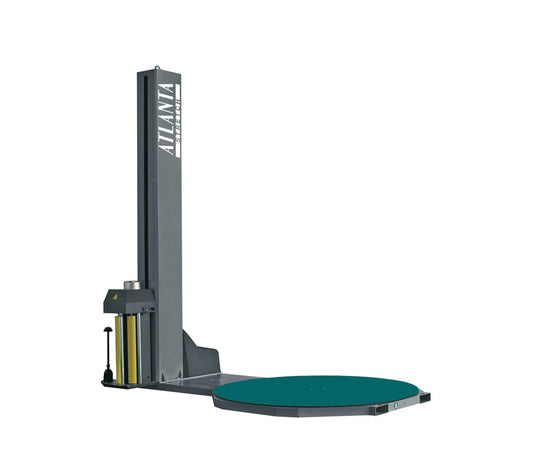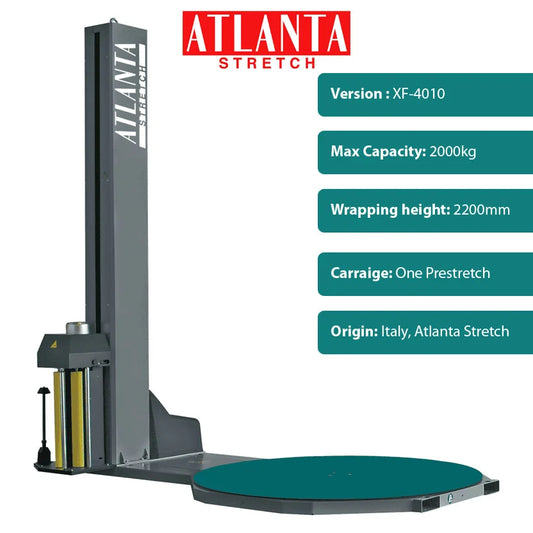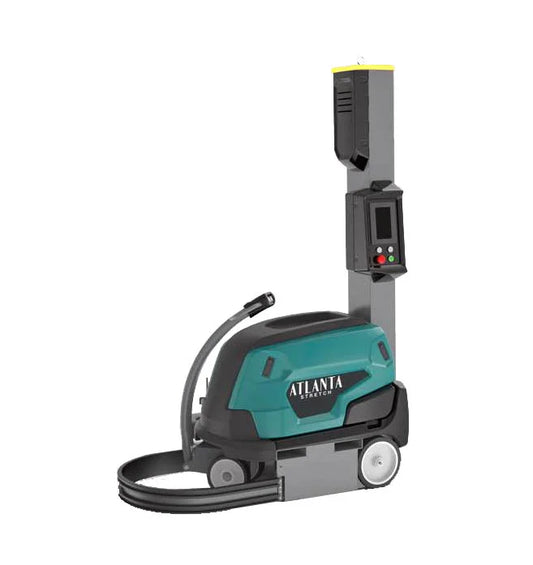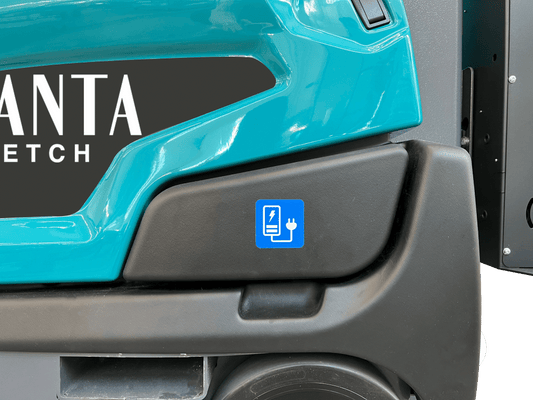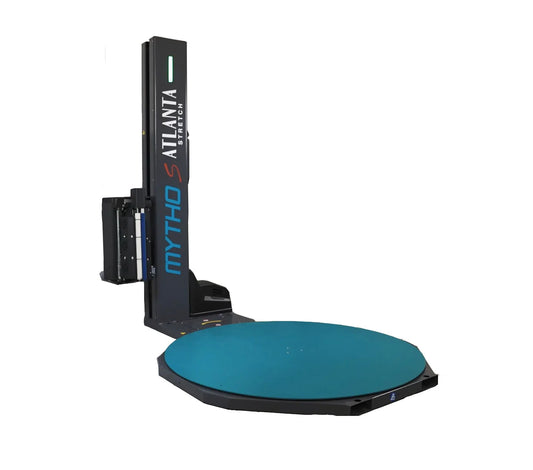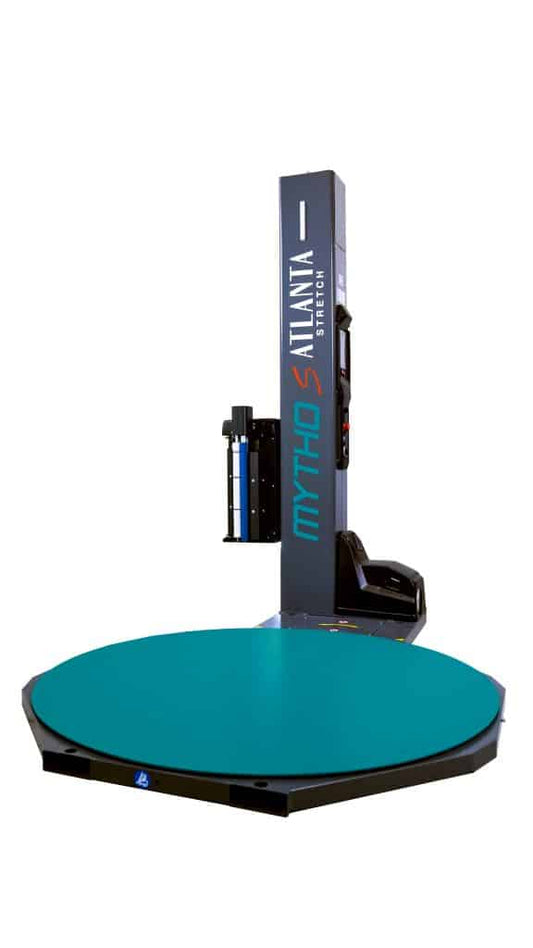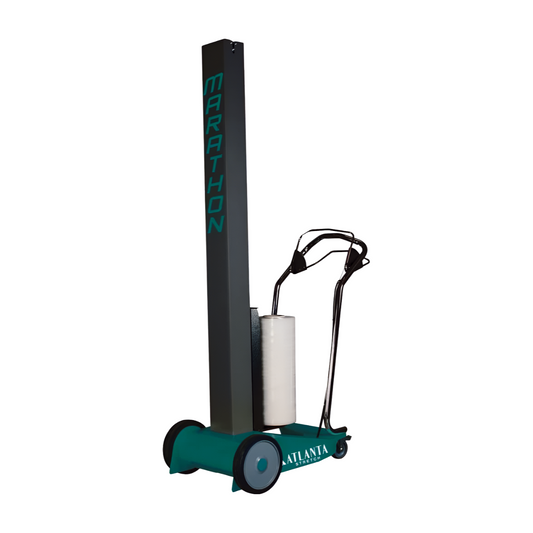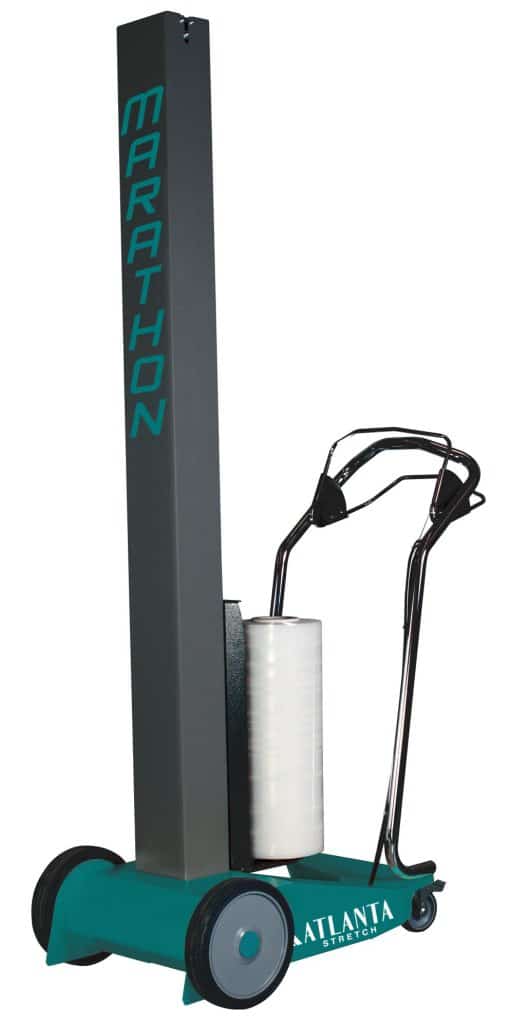As businesses continue to search for sustainable packaging solutions, one material that has gained significant attention is PLA (Polylactic Acid). PLA is a biodegradable and compostable bioplastic derived from renewable resources such as corn starch or sugarcane. It offers an environmentally friendly alternative to traditional petroleum-based plastics.
Understanding PLA in Packaging
PLA is a biopolymer that has been widely used in various applications, including food packaging, disposable cutlery, and 3D printing. Its ability to break down under industrial composting conditions makes it an attractive choice for businesses looking to reduce their carbon footprint. PLA offers many advantages, including:
-
Sustainability: Made from renewable resources, reducing reliance on fossil fuels.
-
Biodegradability: Can decompose in industrial composting facilities, reducing landfill waste.
-
Non-Toxicity: Safe for food contact and packaging applications.
-
Clarity and Strength: Provides a high level of transparency and rigidity, making it suitable for wrapping applications.
The Use of PLA in Stretch Wrap
PLA Stretch wrap is an essential material for securing palletized goods, bundling products, and protecting shipments during transportation. Traditionally, stretch wrap has been made from polyethylene (PE), a petroleum-based plastic that can take centuries to decompose. PLA-based stretch wrap is emerging as a more sustainable alternative, offering similar performance characteristics while being more environmentally friendly.
Key Benefits of PLA Stretch Wrap:
-
Eco-Friendly: PLA stretch wrap is derived from plant-based materials and can degrade under the right composting conditions.
-
Strong and Flexible: Offers similar stretch and durability compared to conventional stretch wrap, ensuring load stability.
-
Lower Carbon Footprint: The production of PLA emits fewer greenhouse gases compared to traditional plastic stretch films.
-
Reduced Plastic Waste: Compostable alternatives help businesses meet sustainability goals and reduce plastic pollution.
Challenges and Considerations
While PLA stretch wrap presents many benefits, there are some considerations to keep in mind:
-
Composting Conditions: PLA requires specific industrial composting conditions to break down effectively, meaning it may not degrade in standard landfill environments.
-
Moisture Sensitivity: PLA is more sensitive to moisture and heat compared to traditional plastics, which may impact its storage and performance.
-
Cost Factor: PLA-based films may be more expensive than traditional stretch wraps due to the cost of production and raw materials.
Polylactic acid (PLA) is a biodegradable polymer derived from renewable resources like corn starch and sugarcane. While it offers several environmental benefits, it's important to consider its limitations, especially concerning its application in stretch wrap.
Mechanical Properties
PLA exhibits brittleness and low impact resistance, making it less suitable for applications requiring high toughness and flexibility. This characteristic poses challenges for stretch wrap, which demands materials that can withstand significant stress and strain without breaking. Studies have highlighted PLA's brittleness as a primary factor limiting its widespread use in flexible packaging.
Thermal Sensitivity
The low melting point of PLA renders it unsuitable for high-temperature applications. Exposure to elevated temperatures can cause PLA to deform or lose its structural integrity. This thermal sensitivity is a concern for stretch wrap, especially during storage or transportation in warm environments.
Barrier Properties
Compared to traditional plastics, PLA has higher permeability to moisture and gases. This increased permeability can lead to faster degradation of products, making PLA less ideal for applications requiring robust barrier properties, such as in certain packaging solutions.
Composting and Degradation
While PLA is compostable under industrial conditions, it doesn't decompose efficiently in standard landfill environments or home composting systems. Effective degradation requires specific conditions, including temperatures above 60°C, which are typically found only in industrial composting facilities. This limitation affects the environmental benefits of PLA, as improper disposal can lead to persistence in the environment.
Economic Factors
The production cost of PLA is higher than that of conventional, petroleum-based plastics. This cost difference can be a significant barrier for industries considering a switch to PLA-based materials, including stretch wrap, where cost-effectiveness is crucial.
Recycling Challenges
PLA's recycling infrastructure is not as developed as that for traditional plastics. Its lower melting point prevents it from being recycled alongside other plastics, and the current volume of PLA waste is insufficient to make dedicated recycling economically viable. This situation contributes to challenges in managing PLA waste effectively.
Is PLA Stretch Wrap Right for Your Business?
Switching to PLA stretch wrap can be a great step toward a more sustainable packaging solution. Businesses looking to enhance their eco-friendly practices, meet regulatory requirements, or appeal to environmentally conscious consumers may find PLA stretch wrap an excellent alternative. However, it is essential to consider factors such as cost, availability, and end-of-life disposal options when making the switch.
Conclusion
PLA-based stretch wrap represents an exciting advancement in sustainable packaging solutions. While it may not yet be a one-size-fits-all replacement for traditional stretch films, its eco-friendly properties make it a compelling choice for businesses aiming to reduce their environmental impact. As bioplastic technology continues to evolve, PLA and other bio-based materials will likely play an increasingly significant role in the packaging industry.
Looking to explore PLA stretch wrap options for your business? Contact MPS Packaging Australia today to learn more about our range of sustainable packaging solutions!



